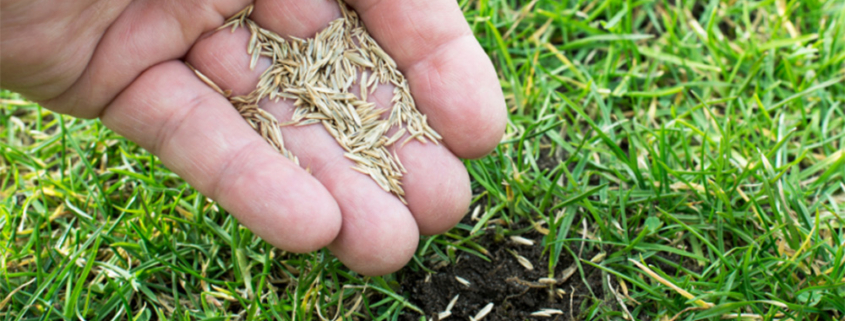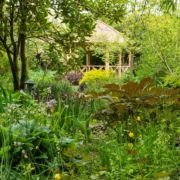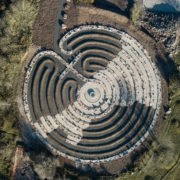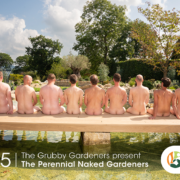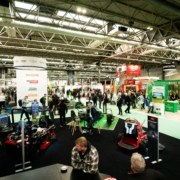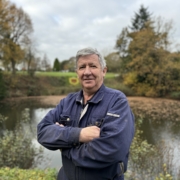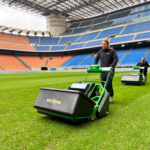Lawn Association – UK grasses, all you need to know
The Lawn Association team have always advised keeping to the use of native grasses when it comes to good lawn care…but why? Choosing non native grasses means you may be in for harder work than you think!
Nature knows best. What grows in your lawn is a great indicator of what likes to grow in your lawn. So, identifying what likes to grow will be crucial and no grasses like to grow as much in the UK as native grasses!


Lawn Association – UK grasses, all you need to know
Our two main native grasses (bent and fescue) are given to us by nature so making those two a choice for your lawn is essential.
Our lawns are mainly made up of fescue varieties as well as bentgrass varieties. However, many new builds now have a selection of seeds called heavy wear or family lawn which fundamentally are known as ‘ryegrasses’. Ryegrass is a single seed and a single plant, comprising of a few leaf blades. Fescue will be a single grass seed evolving into many tens of leaf blades and bentgrass will be the smallest seed of all, turning into hundreds of blades.
Fescues
These are dominant UK grasses and are found in all kinds of lawns. These grasses are very useful in that they bind the turf to give a good density.
These are generally strong and give good shade protection to help root systems cope with the heat. Fescues grow very well in the UK and make an excellent general mixture grass. But always remember to use your general lawn maintenance to keep them under control.
Bentgrasses
These are another group of grasses native to the UK. These are usually found in older lawns (pre-1980 for eg) and are used in fine turf such as bowling and golf turf. In the garden they act as a space filler just by the way they grow. Our domestic lawns benefit from this family of grasses and when well managed they can make your lawn look like a carpet.
Dwarf ryegrass
This type of grass has been bred to be finer than their parent plant, which are used to feed animals. The dwarf variety are used on many lawn areas but especially high traffic zones. As they are quick to establish, ryes form a high percentage of the mix in many newly turfed lawns and ‘patch repair fixes’. Unlike our native grasses, you will need to keep seeding the areas when using this mix
Tips on seeding the lawn
- Prepare the damaged area first. Use a fork to lightly dig the soil to about 2-3” (this will allow new seedlings to take root) Rake level and add the seed, raking again to encourage the seed to be approx. 1-3 mm below the surface.
- If watering is required, ensure that the seed never dries out. A useful tip is to remember the seed needs to have moisture in it in order to swell and ‘pop’.
- Once the seed has germinated, it’s time to get a move on and more importantly get some food on. Seedlings require a lot of food in the initial germination phase.
- Continue to mow the lawn as usual and mow slightly higher in order to allow the new seedlings a better chance to absorb more food and water.
So go native if you want an easier lawn care life!
Our core mission at the Lawn Association is to make accurate lawn care information readily available via our website and through our Free Membership Scheme for gardening enthusiasts.
Go to the @LawnAssociation Facebook page to join the Lawn Enthusiasts Group, and get free association membership via the website, www.lawnassociation.org.uk
For the latest industry news visit landscapingmatters.co.uk/news
Get all of the big headlines, pictures, opinions and videos on stories that matter to you.
Follow us on Twitter and Instagram for fun, fresh and engaging content.
You can also find us on Facebook for more of your must-see news, features, videos and pictures from Landscaping Matters


